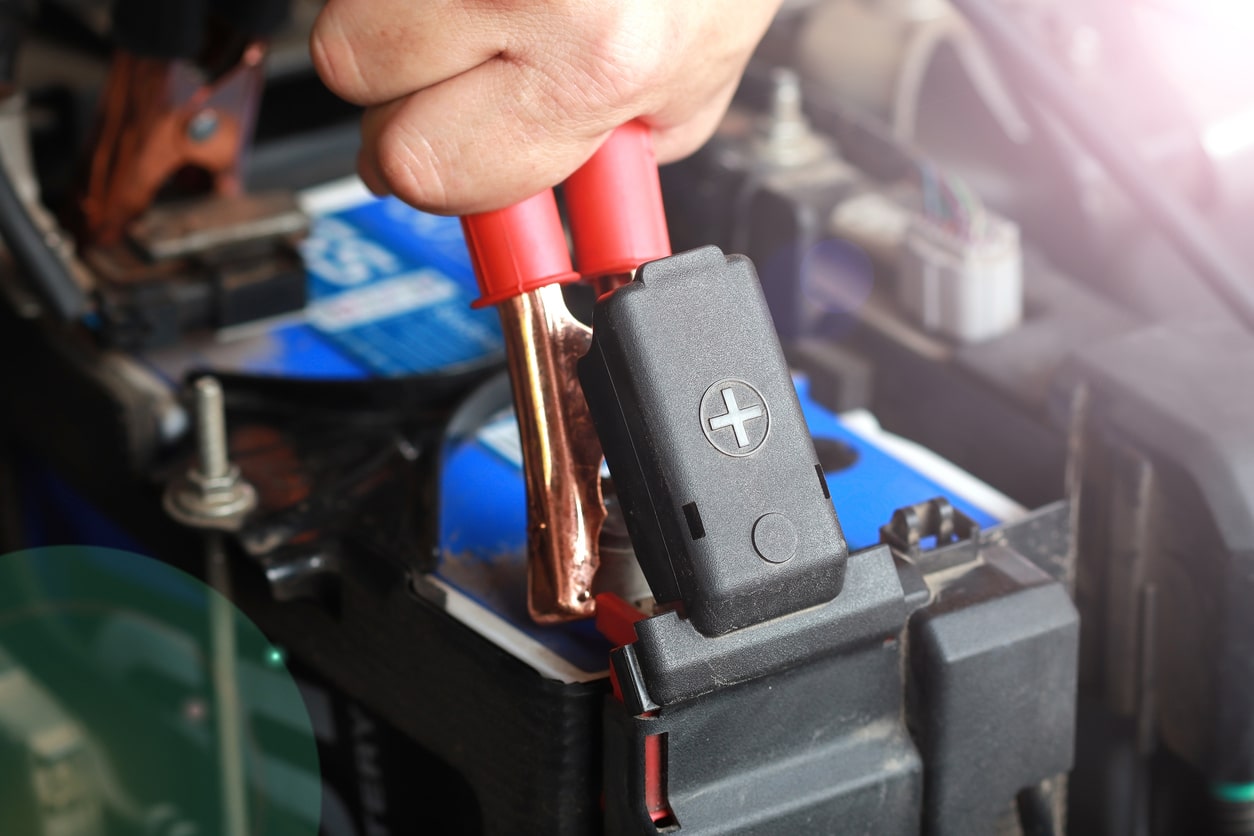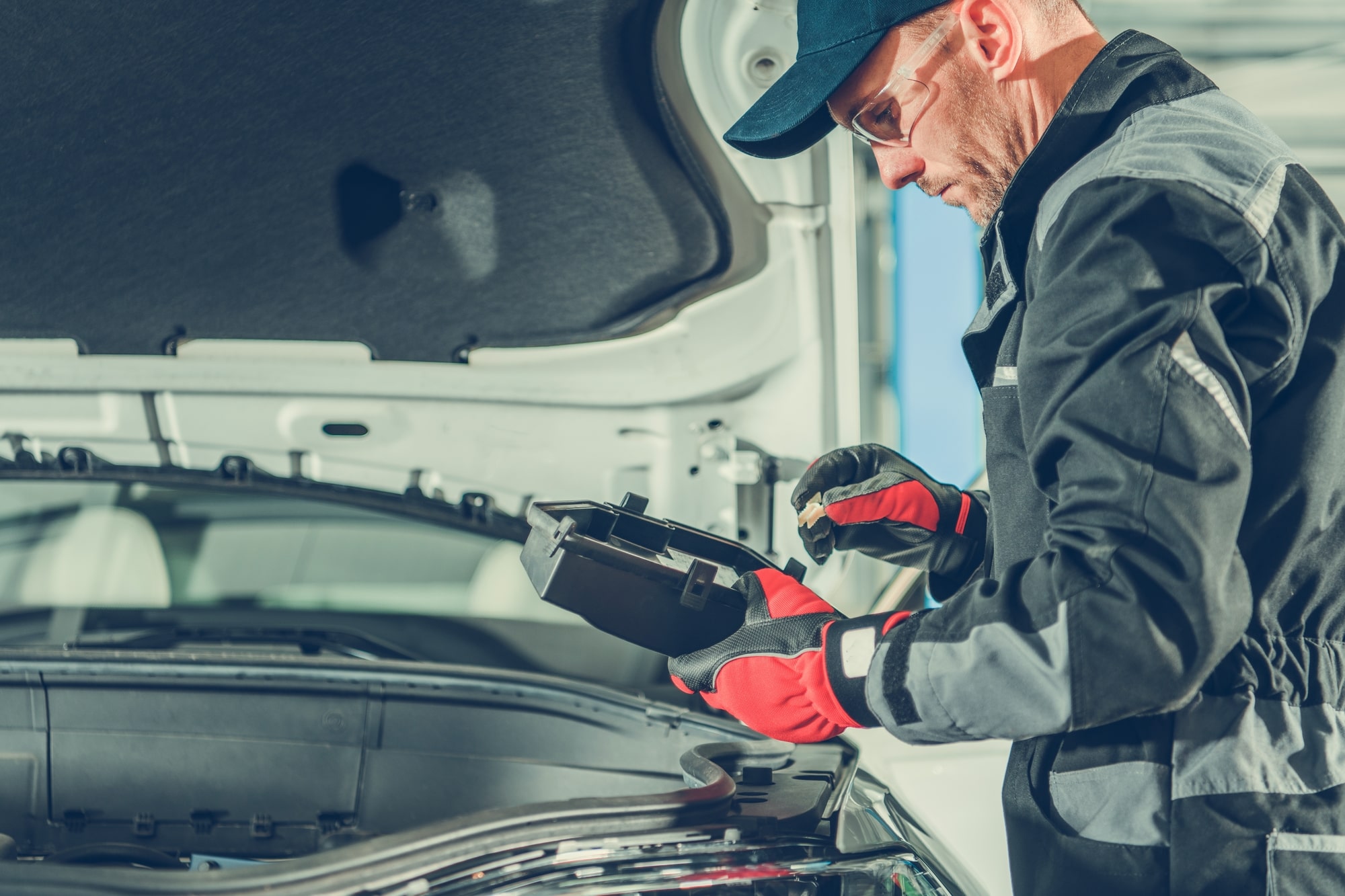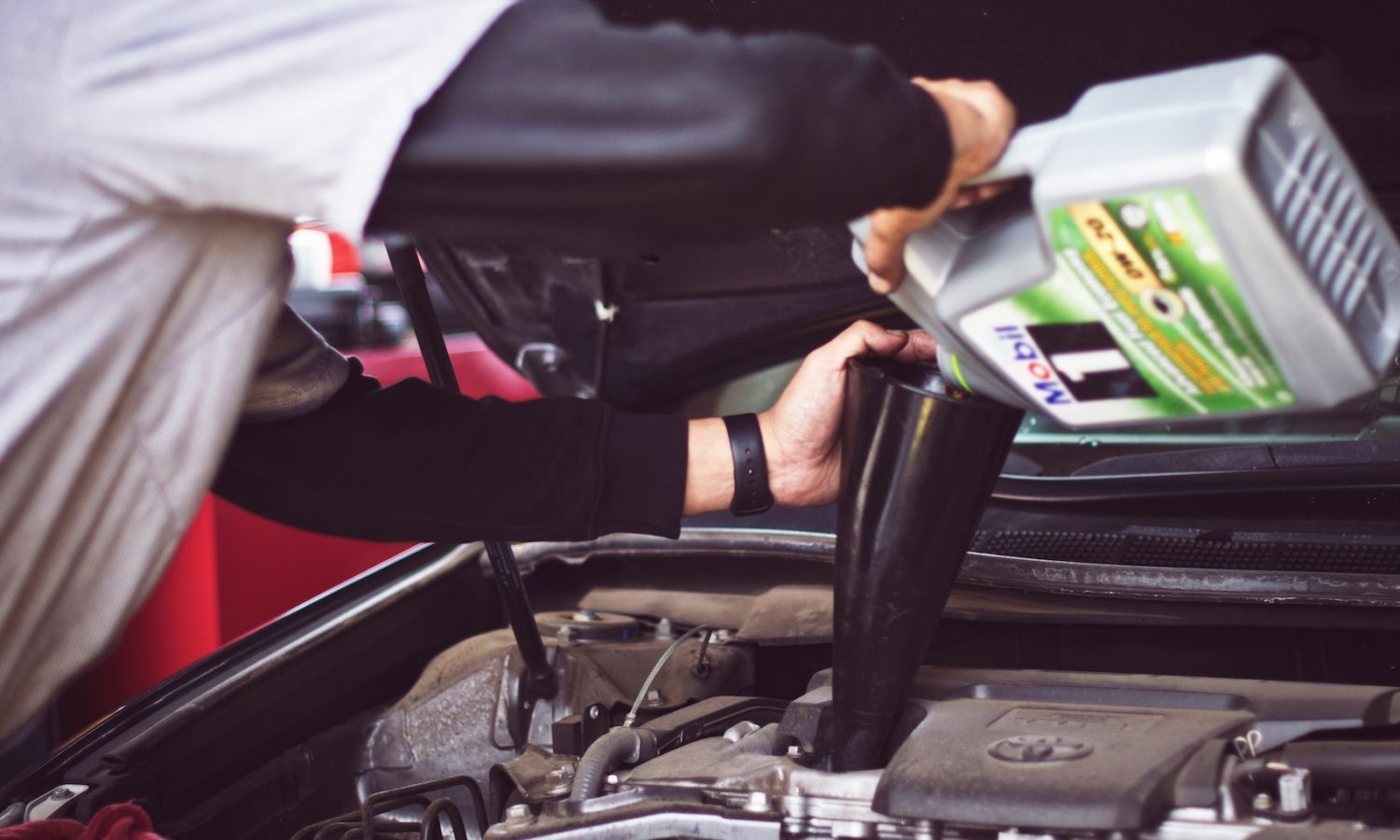Dealing with a vehicle breakdown can be an overwhelming experience, especially in inclement weather. For example, there may come a time when your car needs a jumpstart when it’s raining outside. Although jumpstarting a car battery is relatively simple, the process might intimidate you because of the wet weather. After all, water does conduct electricity. But rest assured that jumping your vehicle in the rain can be done safely. With some preparation and a clear understanding of the steps you need to take, you can ease unnecessary stress and quickly get back on the road.
How Can You Jump a Car in the Rain?
You might assume the process of jumpstarting your car in the rain is different from doing so in dry weather, but it’s not. However, the critical part is how you connect the cables. But before you do anything, you first need to take the necessary safety precautions, including:
- Referring to your owner’s manual for guidance
- Turning all vehicles off, including the lights and radios
- Putting on protective gloves and goggles
- Tying back any loose hair or clothing
- Refraining from smoking anywhere near the battery
If you have a portable jump starter, you can use the device to boost your car’s battery. This essential emergency car item is convenient to have, especially in bad weather, because it doesn’t require another vehicle to jumpstart yours. Instead, the portable starter transfers power to your car’s battery.
But while using a portable starter to jump your car is more convenient, you may find yourself needing to jumpstart your vehicle the more traditional way using a pair of jumper cables. And, whether you are using a portable starter or jumper cables, the process of connecting the cables to the battery is similar. So to help you jumpstart your car’s battery safely, consider the following 12 steps:
- Examine connectors, wires, and clamps and make sure they are rust-free and in good shape.
- Open each car’s hood (or just your own if you have a portable starter) and find the battery and its terminals.
- Identify your cables and connect each one to the correct battery terminal.
- The red connector clamp attaches to the positive battery terminal/post and has a plus (+) symbol.
- The black connector clamp attaches to the negative battery terminal/post and has a negative (-) symbol.
- Attach one red clamp to the positive post of the dead car battery. Connect the other end of the red clamp to the positive post of the working vehicle.
- Attach a black clamp to the negative terminal of the working vehicle. This shows a negative (-) symbol.
- Connect or ground the other black clamp to a large metal part on the dead car’s engine block and not the battery itself.
- Double-check all the jumper cable clamps connections to ensure they are secure and not close to moving engine parts.
- Start the car with the working battery first, and then start the vehicle with a bad battery second. If you are using a jump starter, turn it on and follow the instructions provided using the correct settings.
- Let both cars idle for a few minutes, so a reasonable charge builds up to help start the dead battery.
- Turn off the jump starter or the other vehicle you used to jump your car, but keep your vehicle running (pending you could start it).
- Remove the clamps in the reverse order that you connected them.
- Drive your car or keep it idling for a half hour or longer, so the alternator recharges the battery.
What Should You Do if the Car Won’t Start?
If your car doesn’t start after two or three tries, you’ll want to test the battery to see if it’s dead. If so, you’ll likely need to tow your car to an auto parts store to buy a new one or to your auto repair shop for further investigation. Regardless of the underlying cause of your dead battery, according to RepairPal, you can expect to spend between $317 and $328 to replace it. But when the battery isn’t the problem, your experienced mechanic can check for other issues like a failing alternator, which can drain the battery and cause your car not to start.
Why Can an Extended Car Warranty Help?
Having a vehicle protection plan in place once your original factory warranty runs out is a great way to ease the stress of an unexpected breakdown. With a comprehensive policy that offers extra benefits, you can enjoy 24/7 roadside assistance for things like flat tire changes, gas delivery, and battery jumps. So instead of worrying about handling the problem yourself or paying out of pocket for a tow, a skilled mechanic or tow truck driver can assist you and your vehicle with the proper safety equipment. Begin your search for an affordable, top-rated extended car warranty by reviewing our protection program reviews and finding the best plan for accommodating your budget and needs.





